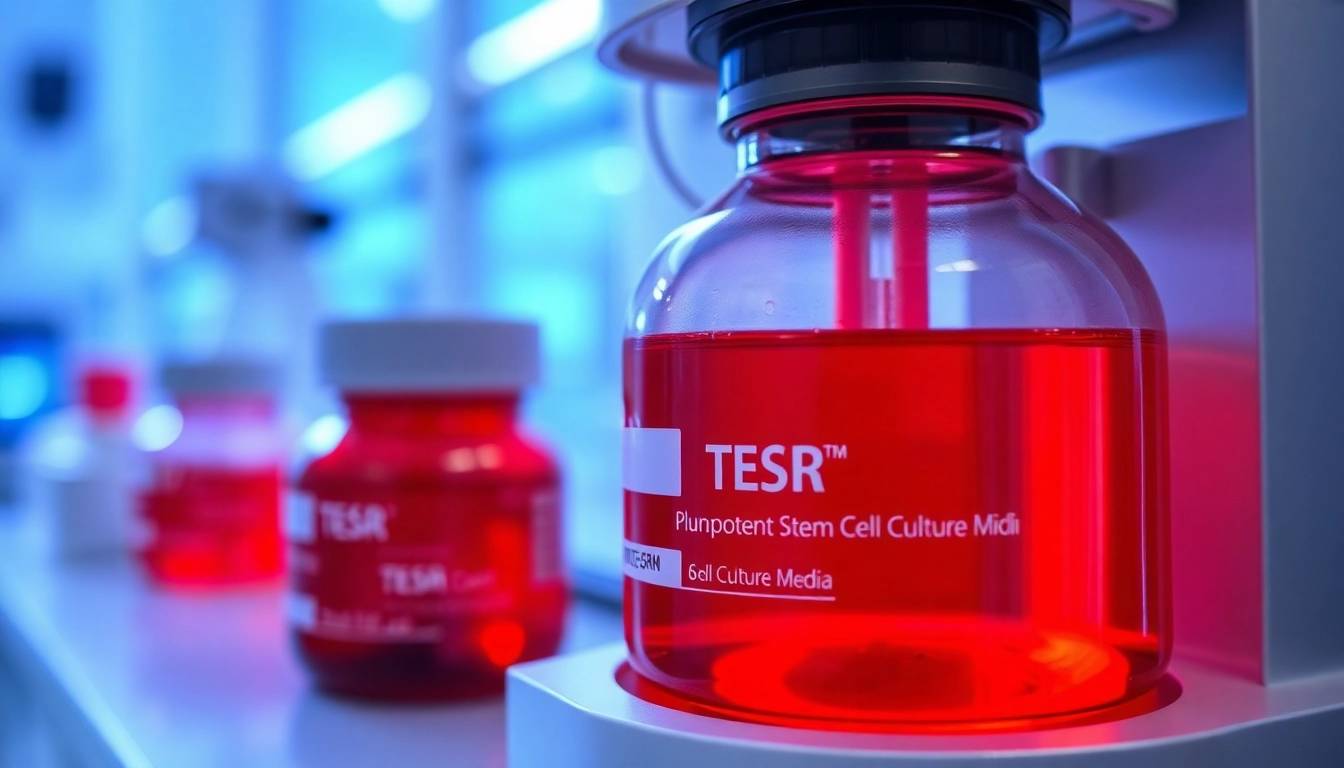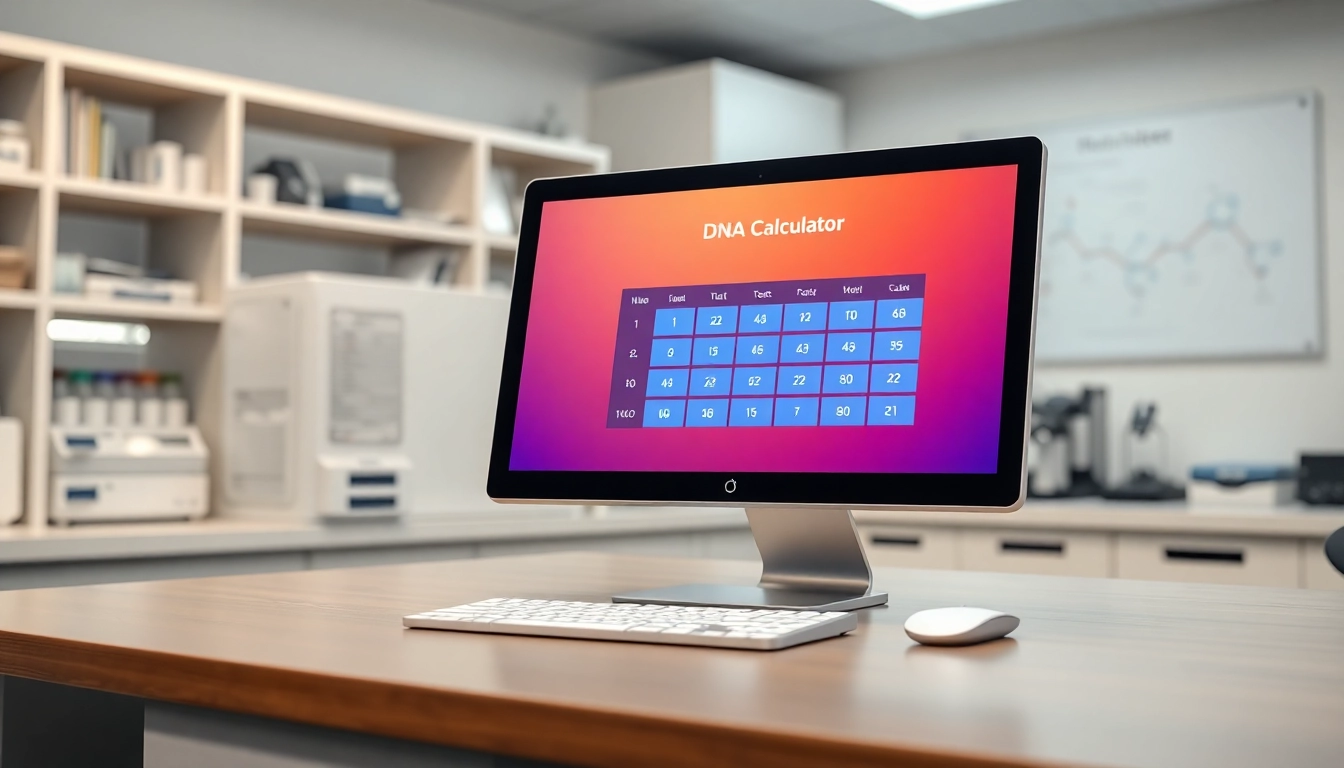All Check: Advanced TeSR™ Feeder-Free Media for Pluripotent Stem Cell Research
Understanding TeSR™ Feeder-Free Pluripotent Stem Cell Media
In the rapidly evolving field of stem cell biology, maintaining optimal conditions for the culturing of human pluripotent stem cells (hPSCs) is paramount. Central to success in this domain is the utilization of high-quality culture media. Among these, the TeSR™ Feeder-Free Pluripotent Stem Cell (PSC) Culture Media family stands out, offering specialized formulations that significantly enhance the maintenance and differentiation of embryonic stem (ES) and induced pluripotent stem (iPS) cells. This article delves into the nuances of TeSR™ media, spotlighting their roles in research and clinical applications.
The Importance of Feeder-Free Conditions
Feeder-free culture conditions are essential for the effective maintenance of hPSCs. These conditions mitigate the variability introduced by feeder cells, which can influence differentiation and impact experimental reproducibility. By employing defined media such as those in the TeSR™ family, researchers can maintain stem cells in a stable and controlled environment, allowing for precise manipulation of their culture conditions. This approach simplifies the cultivation process and enhances the quality of the hPSC population, crucial for applications in regenerative medicine.
Key Formulations of TeSR™ Media
The TeSR™ family includes a range of formulations designed to cater to varying research needs:
- mTeSR™ Plus: An enhancement over the original mTeSR™1, featuring stabilized components for better cell maintenance without the necessity for frequent media changes.
- TeSR™-AOF: Ensuring freedom from animal products, this medium is ideal for studies requiring stringent compliance with regulatory standards.
- TeSR™-E8™: A low-protein maintenance medium, characterized by its minimalist composition to promote simpler maintenance protocols.
- ReproTeSR™: Specifically formulated for reprogramming fibroblasts and other somatic cells into a pluripotent state, facilitating groundbreaking studies in cell therapy.
Applications in hPSC Research
The varied formulations of TeSR™ media are applied across a wide spectrum of research activities, from basic biology studies to complex therapeutic applications. For example, TeSR™ media are integral in the reprogramming of somatic cells, maintenance of pluripotency during long-term culture, and successful differentiation into specialized cell types for regenerative therapies.
Exploring mTeSR™ Plus and Its Advantages
mTeSR™ Plus represents a significant advancement in the maintenance of hPSCs, addressing several challenges associated with earlier media formulations.
Enhanced Features of mTeSR™ Plus
This formulation stands out due to its improved buffering capacity, which helps prevent pH fluctuations that can adversely affect cell health during media changes. Moreover, the presence of stabilized components like FGF2 supports better growth and maintenance as compared to traditional media.
Comparing mTeSR™ Plus with Other Media
When juxtaposed with its predecessors and competitors, mTeSR™ Plus provides significant advantages. Other maintenance media might require more frequent media changes, leading to greater exposure risks to cells during handling, whereas mTeSR™ Plus allows for extended periods between media replacements without compromising cell viability.
Usage Scenarios for Optimal Outcomes
Researchers employing mTeSR™ Plus have reported consistent maintenance of cell morphology, increased cell growth rates, and enhanced overall reproducibility in experimental protocols. These characteristics make it ideal for both standard laboratory practices and industrial applications where consistency and quality are critical.
Applications of TeSR™ Media in Differentiation
Effective differentiation of hPSCs into various lineage-specific cell types hinges on utilizing the appropriate media. The TeSR™ media family is specifically optimized for these purposes, allowing controlled differentiation processes that produce high-quality outcomes.
Step-by-Step Differentiation Processes
Differentiation protocols often involve multiple stages, requiring defined conditions tailored for each step:
- Initiation of differentiation using specific TeSR™ formulations that support the target cell line.
- Transitioning through growth factors and cytokines that are integral to lineage specification.
- Stabilizing the culture conditions to retain the desired differentiation state, while preventing de-differentiation.
Case Study: Hematopoietic Cells Differentiation
Research conducted by Dr. Joseph C. Wu exemplifies successful differentiation of hPSCs into hematopoietic cells. This process illustrated the importance of customized media that can promote hematopoietic specification effectively, leading to the generation of functional blood cells suitable for therapeutic applications.
Key Considerations for Effective Differentiation
Successful differentiation requires meticulous attention to factors such as:
- The choice of growth factors that facilitate lineage commitment.
- The timing of cytokine applications during protocol execution.
- Regular monitoring of cell morphology and functionality to assess differentiation outcomes.
Cryopreservation Techniques with TeSR™ Products
Cryopreservation is a critical aspect of stem cell research, enabling the long-term storage of valuable cell lines while maintaining their viability. TeSR™ products are designed to enhance this aspect of stem cell culture.
Understanding the Cryopreservation Process
The cryopreservation procedure typically involves slowly cooling the cells to minimize ice crystal formation and utilize cryoprotectants like DMSO to prevent cellular damage. The mFreSR™ and FreSR™-S media specifically optimize these conditions, enhancing recovery rates post-thaw.
Best Practices for Using mFreSR™
To ensure successful cryopreservation, researchers should adhere to best practices such as:
- Properly titrating the concentration of dimethyl sulfoxide (DMSO) based on the cell type.
- Using controlled-rate freezing protocols to avoid thermal shock.
- Ensuring adequate storage conditions to minimize the risk of contamination.
Ensuring Cell Viability During Cryopreservation
Post-thaw cell viability is paramount. Using mFreSR™, researchers commonly report high viability rates, typically exceeding 80%, which is crucial for downstream applications. Techniques such as flow cytometry can effectively assess cell health and functionality after thawing.
Quality Control in Pluripotent Stem Cell Culture
Maintaining high standards in stem cell culture is essential. Quality control methodologies play a pivotal role in limbic integrity, ensuring that cultured cells meet the stringent criteria necessary for therapeutic use.
Maintaining Genomic Integrity and Pluripotency
Established criteria for assessing genomic integrity include regular karyotyping and genomic sequencing. Implementing strict quality control measures helps sustain pluripotency and prevents mutations that can arise from prolonged culturing of stem cells.
Assessing Stem Cell Quality: Techniques and Metrics
Techniques for evaluating stem cell quality involve a combination of morphological assessments alongside functional assays to determine pluripotency and appropriate differentiation capabilities. Metrics may include:
- Expression profiling of pluripotent markers such as Oct4 and Nanog.
- Evaluation of differentiation potential through in vivo or in vitro testing.
Challenges and Solutions in hPSC Culture
Researchers encounter various challenges in hPSC culture, such as heterogeneity within cell populations and maintenance of a conducive culture environment. Solutions often involve utilizing robust media formulations like TeSR™ that support uniform growth and differentiation, alongside continuous monitoring of culture conditions.
Conclusion
The TeSR™ family of feeder-free media provides comprehensive solutions for the maintenance, differentiation, and cryopreservation of human pluripotent stem cells. With their varied formulations tailored to specific research applications, these media are indispensable tools in advancing our understanding of stem cell biology and unlocking new therapeutic possibilities in regenerative medicine. Adopting best practices and technologies such as TeSR™ media not only enhances the quality of hPSC cultures but also supports successful outcomes in laboratory investigations and clinical applications.














Post Comment